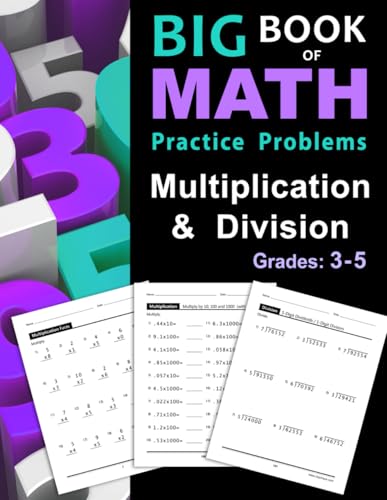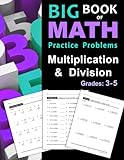Studying mathematics at any level, including arithmetic, is different than studying most other subjects. This may be one reason so many students have difficulty. Study methods used for other subjects simply do not work.
Mathematics is learned by practice. It is inadequate to read mathematics and expect to become proficient in the field. Even concentrating and reading carefully with comprehension usually will fail to provide the proficiency needed in solving problems. One must practice. But how can one practice before understanding? Practice must be part, albeit a major part, of the learning process, but it is not the entirety of the process.

















 UAPs, Formerly UFOs, If They Are Real How Can We Explain Their Arrival to Earth?3 days ago
UAPs, Formerly UFOs, If They Are Real How Can We Explain Their Arrival to Earth?3 days ago
 Polar Coordinate System5 days ago
Polar Coordinate System5 days ago
 Aurora Can Disrupt Electrical Devices And Even the Grid?7 days ago
Aurora Can Disrupt Electrical Devices And Even the Grid?7 days ago
 Overcoming Difficulties Encountered with Mathematics8 days ago
Overcoming Difficulties Encountered with Mathematics8 days ago



Comments
It is not the course, it is the depth of the material. In calculus one can always address a more challenging problem, regardless of the chapter.
blackspanielgallery, Thank you for product lines, pretty pictures and practical information.
In particular, I appreciate the observation about going two levels beyond the need. What would you recommend if the need is calculus?